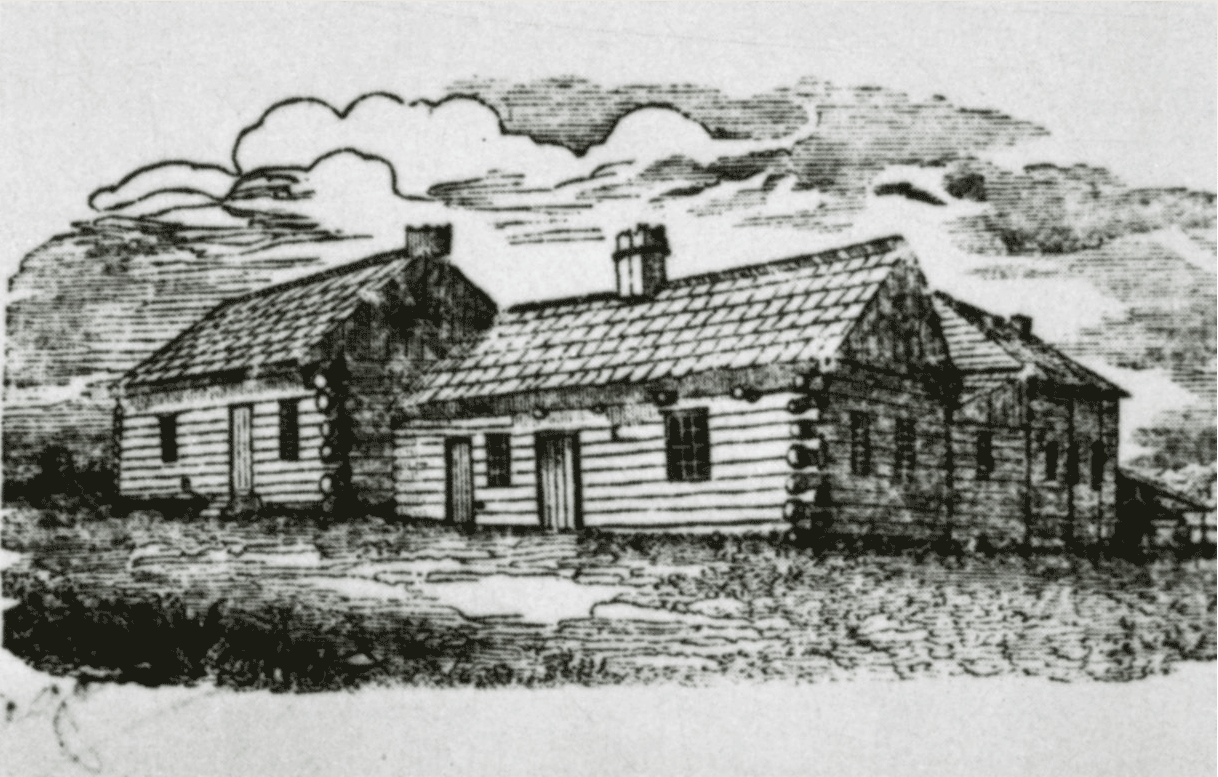Immediately following Jason Lee’s death, his commemorations began. These early biographies were published by fellow missionaries who had personally known Lee: his nephew Daniel Lee wrote a memorial for him shortly following his death, and fellow missionary Gustavus Hines published a history of Oregon in 1868. These commemorations are not particularly useful in understanding the historical Jason Lee, given their largely idealized descriptions of him, but they are striking demonstrations of how these early colonizers viewed their own mission.
These colonizers constructed Lee’s conversion work (and therefore their own lives) as a story of epic Biblical proportions; Daniel Lee describes Jason Lee sacrificing himself on the “missionary altar.” Despite Lee’s quiet, mundane death, without any apparent connection to his Christian work, his commemorators describe it in terms of martyrdom. For his part, Gustavus Hines opens his history of the Oregon Institute as if Oregon were a second Genesis, describing the Native nations of Oregon wandering in darkness until the arrival of Jason Lee, or as he puts it, “Providence, saying, ‘Let there be light,’ and there was light.”
This exaltation of their own purpose was standard practice for the missionary commemorators (they wrote letters to each other with similar language of martyr-like self-sacrifice), who largely adhered to a Manifest Destiny philosophy in their work. Manifest Destiny, a term coined the year Jason Lee died, is the idea that Euro-American civilization was destined to spread across the country by virtue of the Christian God’s will and Euro-American civilization’s superiority over others.
Histories that invoke Manifest Destiny, like that of Hines, are highly Whiggish histories. They create a linear history by describing the past, present and future as the predestined march of civilization from primitive to advanced, and they construct a causal history by invoking God as the force behind all actions, successes, and failures. For instance, Hines says that Lee was “preserved by a merciful Providence” on his first journey to Oregon Territory, where, “in the order of the divine economy another state of things were now to be introduced.”
This emphasis on Manifest Destiny is an example of how histories can both partially preserve and obscure an historical experience. Historians like Hines who wrote during the late 19th century often used Manifest Destiny rhetoric because it was the dominant philosophy of their time and it suited their purpose. In doing so, they preserve the fact that Jason Lee and his fellow missionaries saw their work as guided by God. However, they ascribe to Lee a certainty that his correspondence reveals he did not feel.

